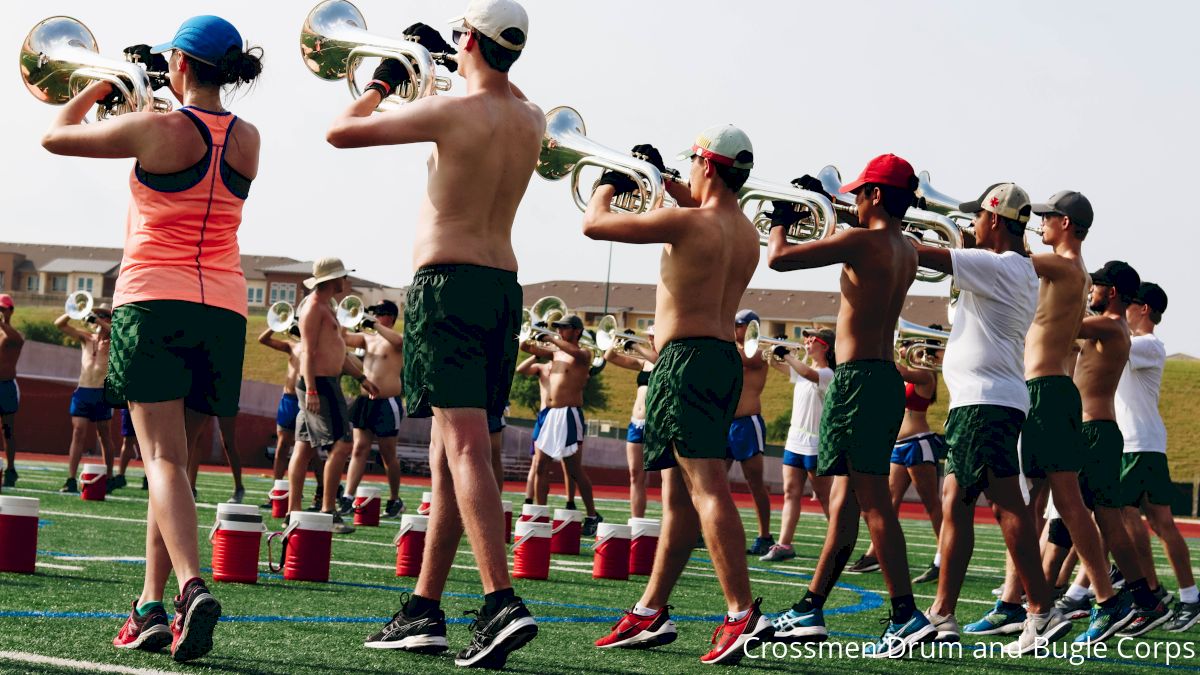Rehearsal Shoes: Comfort vs. Function
Rehearsal Shoes: Comfort vs. Function
Here's everything you need to think about when looking at purchasing new rehearsal shoes for the DCI, BOA, or WGI season.

Whether it's starting a three-week band camp, traveling to spring training for a drum and bugle corps, or heading to rehearsal on a tarp in a gym, you will always need a pair of reliable rehearsal shoes.
Choosing the perfect pair of shoes is one of the biggest decisions you'll be faced with before showing up to rehearsal. It's becoming the norm for groups to have a physical training staff to help its members pick the right athletic shoes that will provide support and allow them to perform at their highest level.
When I marched in the Bluecoats and Blue Devils, both groups instituted a requirement for every member to get their shoes checked out by the physical training staff in order to set the members up for the highest rate of success.
The following three things are concepts everyone should ponder and be able to discuss when making the decision to purchase shoes for the season.
1. Cushion vs. Minimal
If you like the feeling of the ground moving beneath your feet, I'd recommend minimalist shoes. It's what I always used. The issue, however, with minimalist shoes is that shin splints can be incredibly painful (and potentially end your season) if you do not take care of yourself properly.
To help prevent this, I would always pair them with insoles that had strong arch support. On the other hand, many marching band members and drum corps members have flat feet, which should, in almost every case, be reinforced with arch support insoles with a decent cushion for the heel.
Below is an example of the Brooks Adrenaline line, a highly-cushioned, high-stability shoe that's recommended by many physical trainers in the marching arts.
2. High Rise vs. Low Rise
Ankle support can be a polarizing thing.
If you like low-top shoes, most of the time you hate anything that goes more than 3-4 inches up your heel. If you like high-top shoes, you can't stand not having the ankle support and the ability to tighten your laces to provide that extra ankle support.
I am a low-top kind of person. But, the problem with wearing shoes that don't provide ankle support is that you become more susceptible to over-pronation (rolling inwards) or over-supination (rolling outwards). This can be a big problem when you hit direction changes or move at faster tempos. Inov-8 is a great brand that makes training shoes with relatively low rise on the ankle and offers superior motion control.
3. Motion Control
As drum and bugle corps evolve, the lines between color guard, hornline, and percussion become more ambiguous and blurred. Corps are designing more moments that require their members to be nimble on their feet one second, and then the next second they must perform block rotations at 180 bpm.
The previous two factors will determine the type of motion control you will be able to achieve, so it's important to recognize if you want to have a stellar toe point for those choreographed moments or if you want that extra boost in comfort and support when marching the most technically challenging moments of your show.
The trick is finding your perfect combination of balancing ankle support, arch support, and maintaining your ideal mobility. It may take a few pairs of shoes to nail that perfect rehearsal shoe, but once you find it, it will feel glorious.
Oh, one more thing that's incredibly important: ALWAYS HAVE TWO PAIRS. Happy shoe hunting!